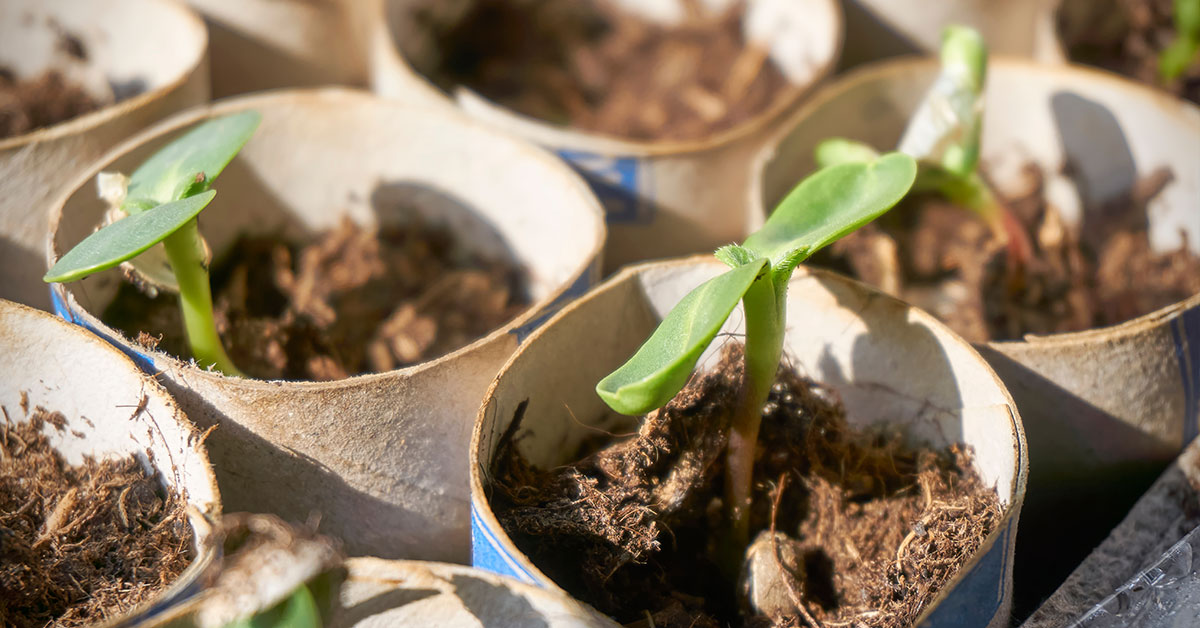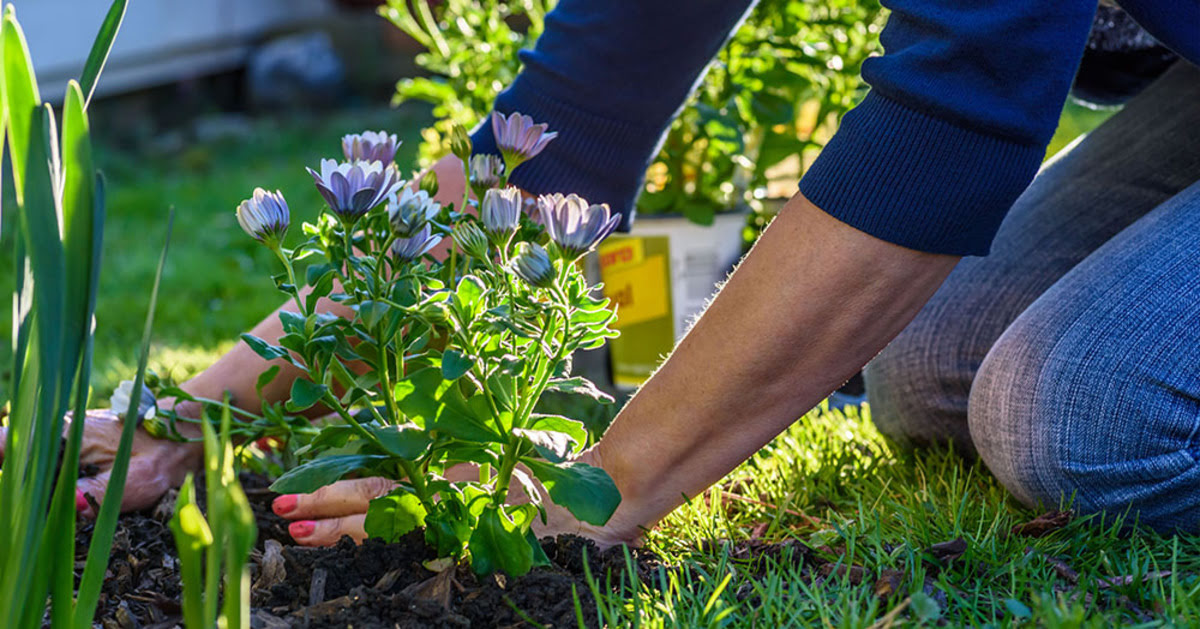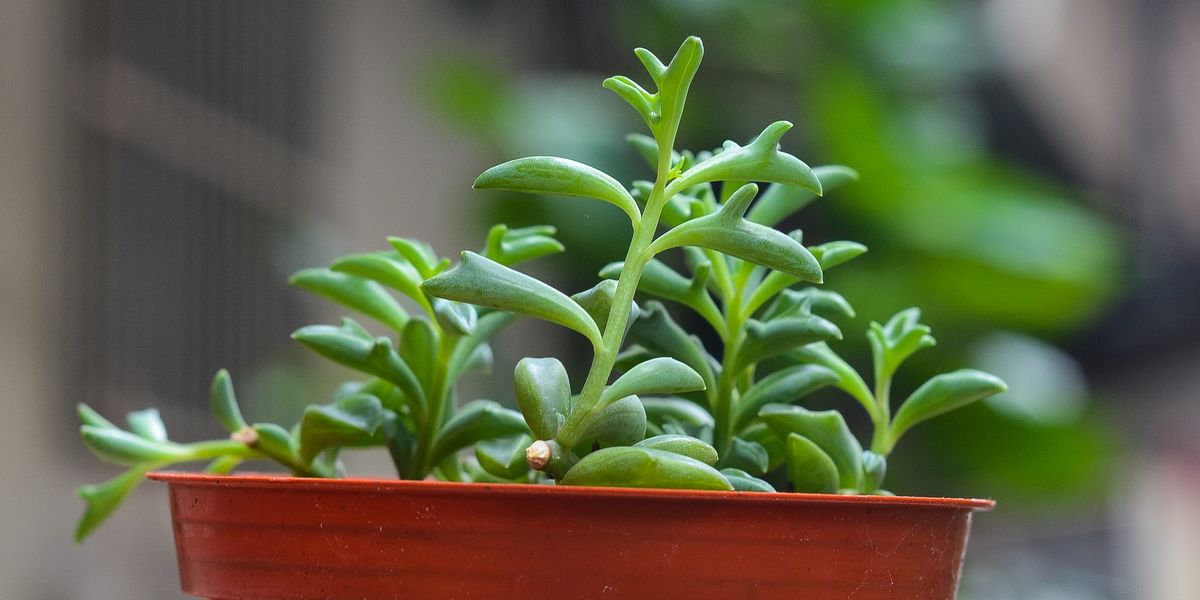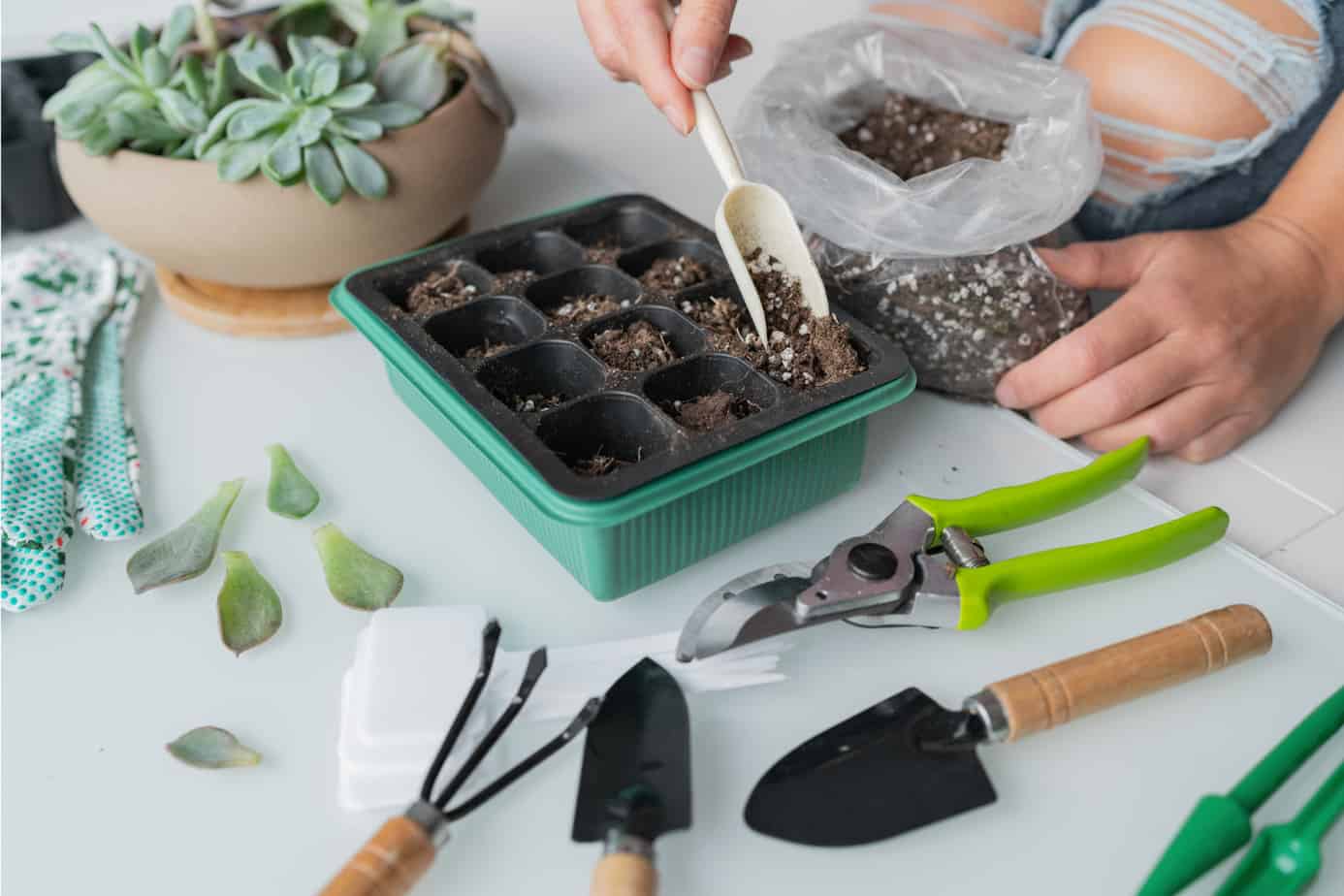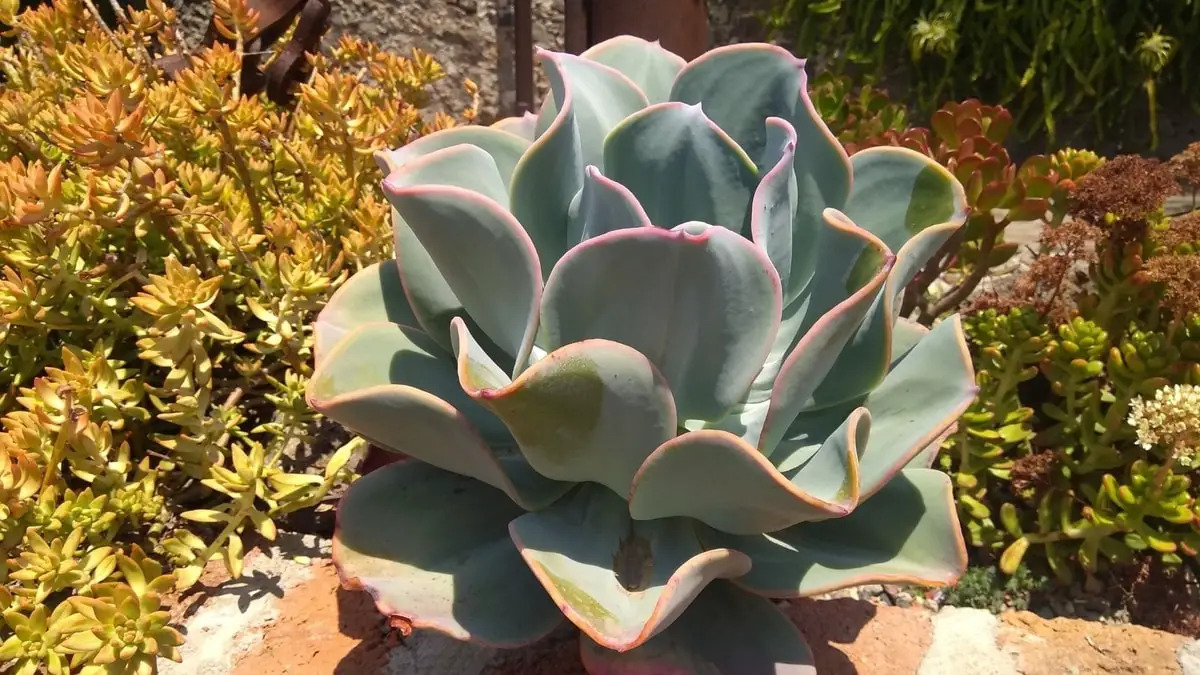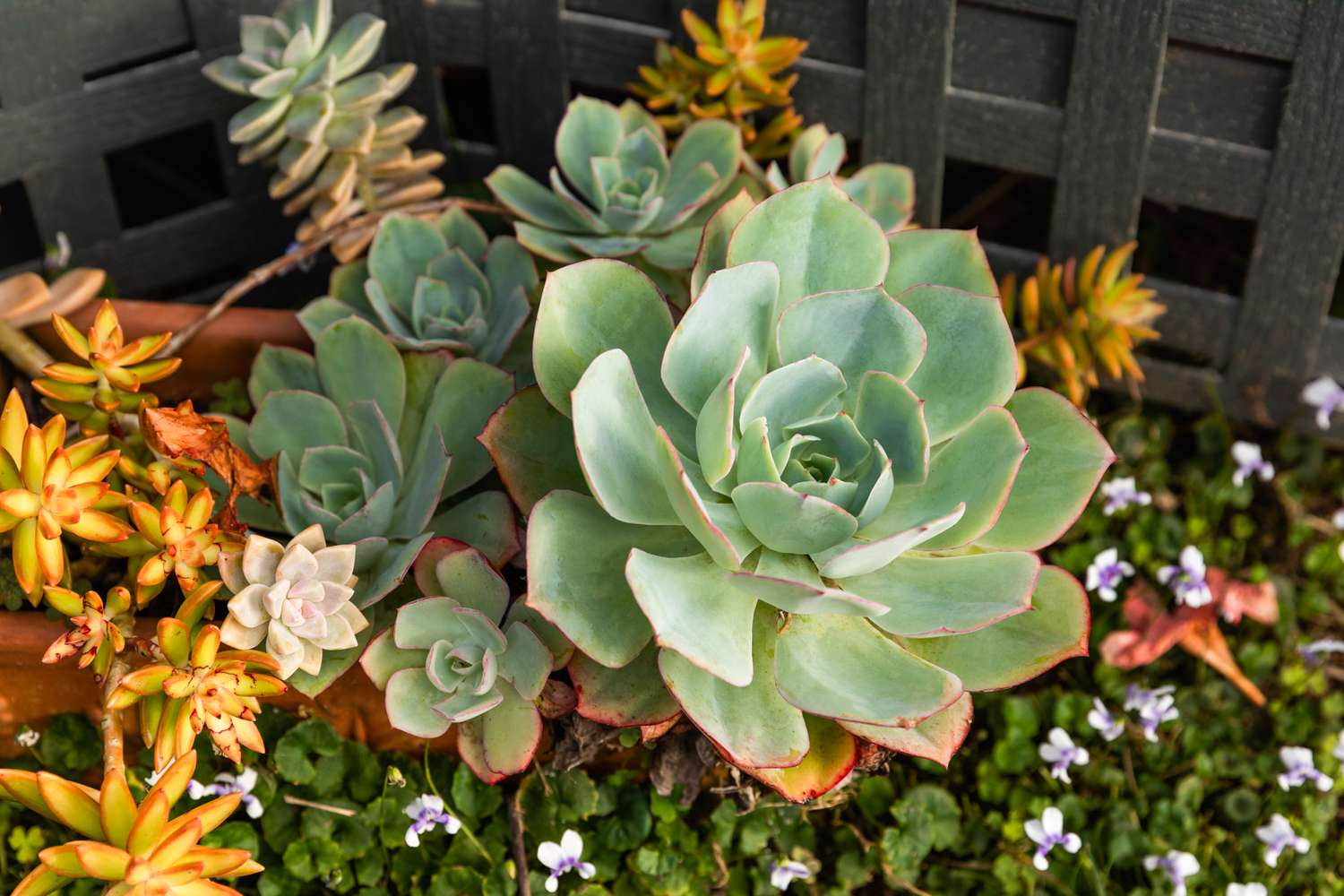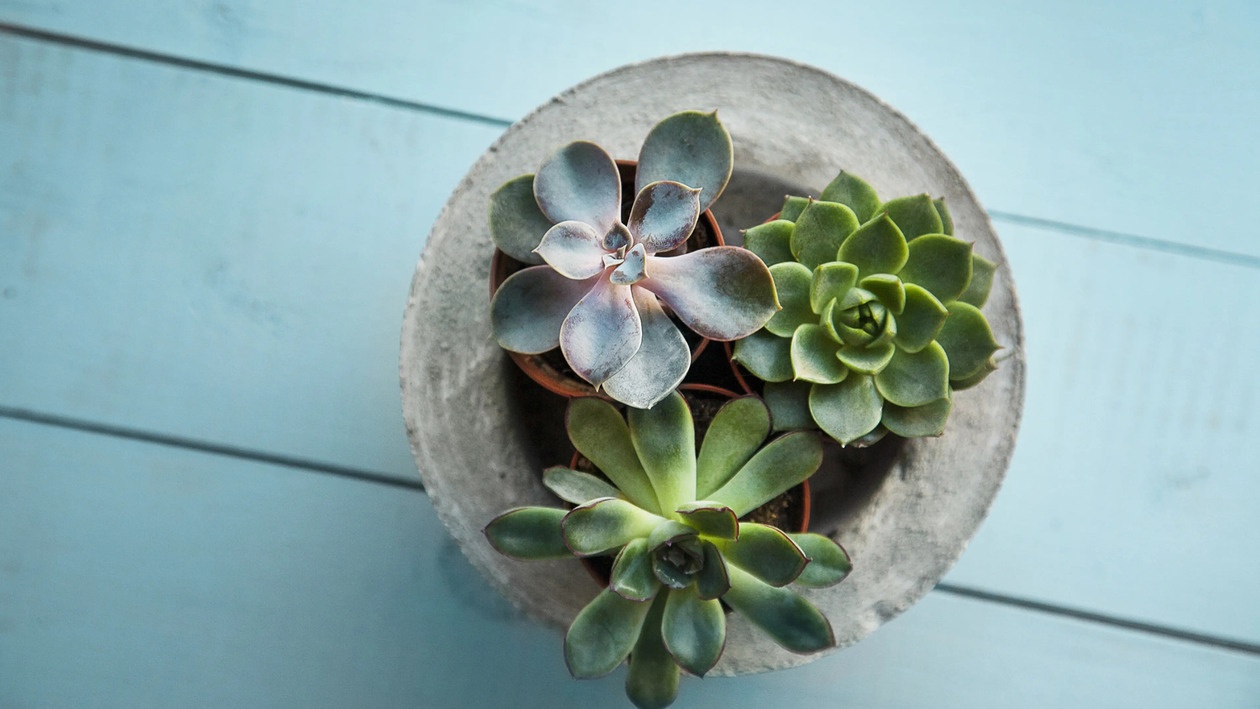Home>Gardening Techniques>Plant Care>How Do I Transplant Succulents
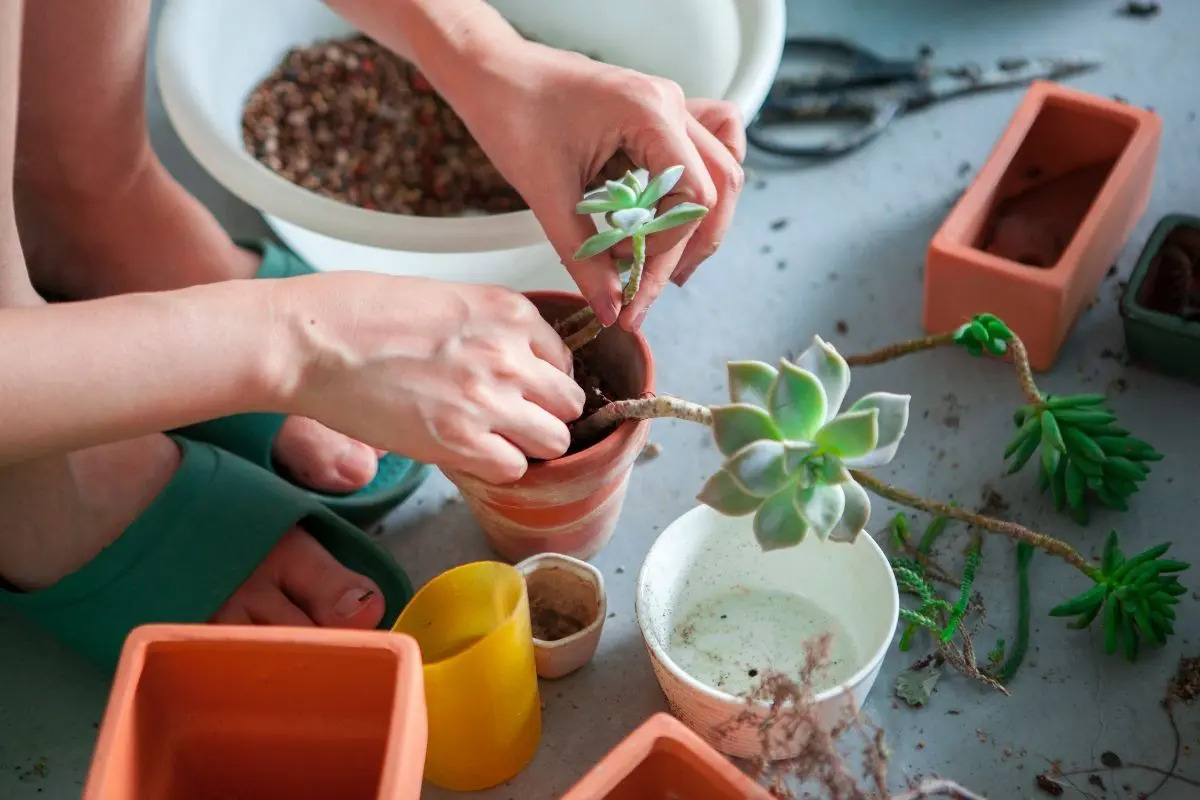

Plant Care
How Do I Transplant Succulents
Published: December 25, 2023
Learn the best practices for transplanting succulents with our comprehensive guide. Get expert tips on succulent care and successful transplantation.
(Many of the links in this article redirect to a specific reviewed product. Your purchase of these products through affiliate links helps to generate commission for Chicagolandgardening.com, at no extra cost. Learn more)
Table of Contents
**
Introduction
**
Transplanting succulents is a rewarding endeavor that allows you to nurture these resilient plants and promote their growth. Whether you're a seasoned gardener or a novice plant enthusiast, understanding the intricacies of transplanting succulents is essential for their well-being. This comprehensive guide will equip you with the knowledge and skills needed to successfully transplant your beloved succulents, ensuring their continued vitality and beauty in their new environment.
Succulents, known for their striking appearance and low-maintenance nature, have captured the hearts of plant lovers around the world. Their ability to store water in their leaves, stems, or roots enables them to thrive in arid conditions, making them an ideal choice for both indoor and outdoor settings. However, there comes a time when these resilient plants outgrow their current containers or require a change of scenery to optimize their growth. This is where the art of transplanting comes into play.
In this article, we will delve into the intricacies of transplanting succulents, starting with the fundamental understanding of these resilient plants. We will explore the optimal timing for transplanting, the selection of suitable pots and soil, the preparation of succulents for transplantation, the actual transplanting process, and the post-transplant care required to ensure the continued health and vibrancy of your succulents. By the end of this guide, you will be well-versed in the art of transplanting succulents and equipped with the confidence to embark on this fulfilling horticultural journey.
Join us as we embark on a journey into the world of succulents, unraveling the secrets of successful transplantation and nurturing these captivating plants to thrive in their new homes. Whether you're a green-thumbed enthusiast or a curious beginner, this guide will empower you to elevate your succulent gardening skills and foster a deeper appreciation for these remarkable botanical treasures.
Understanding Succulents
Before delving into the art of transplanting succulents, it’s essential to grasp the unique characteristics that define these resilient plants. Succulents belong to a diverse group of species, encompassing various genera such as Echeveria, Sedum, and Aloe, each boasting distinct traits and growth habits. What unites these plants is their remarkable ability to thrive in arid environments, thanks to their capacity to store water in specialized tissues.
One of the defining features of succulents is their fleshy, swollen leaves or stems, which serve as reservoirs for water, enabling them to endure prolonged periods of drought. This adaptation allows succulents to thrive in regions with limited water availability, making them well-suited for xeriscaping and water-wise gardening practices.
Furthermore, succulents exhibit a diverse array of shapes, colors, and textures, ranging from the sculptural rosettes of Sempervivum to the spiky allure of Agave. Their visually striking appearance has made them a popular choice for both indoor and outdoor ornamental displays, adding a touch of natural elegance to any setting.
Understanding the natural habitat of succulents is crucial for their successful cultivation and transplantation. Most succulents originate from regions characterized by well-draining, gritty soils and ample sunlight. Mimicking these conditions in a home environment is paramount for ensuring the health and vitality of these plants.
As we embark on the journey of transplanting succulents, it’s important to appreciate the resilience and adaptability that define these captivating plants. Their ability to thrive in challenging environments and grace us with their stunning diversity makes them a cherished addition to any plant lover’s collection. With this foundational understanding, we are poised to explore the intricacies of transplanting succulents with insight and appreciation for the botanical marvels that they are.
Choosing the Right Time for Transplanting
Timing plays a pivotal role in the successful transplantation of succulents. Understanding the seasonal rhythms and growth patterns of these resilient plants is essential for determining the optimal time to undertake the transplanting process.
Spring and early summer are generally considered the best times to transplant succulents. During this period, succulents experience vigorous growth as they emerge from their dormancy phase. The longer daylight hours and increased warmth provide an ideal environment for succulents to establish themselves in their new homes.
Transplanting during the active growing season allows succulents to recover more swiftly from the shock of being uprooted and relocated. Their heightened metabolic activity and growth spurts during this time enhance their ability to adapt to the transplantation process and resume healthy development in their new environment.
It’s important to avoid transplanting succulents during the dormant phase, which typically occurs in late fall and winter. During this period, succulents enter a state of rest, reducing their metabolic processes and growth activity. Transplanting during dormancy can disrupt their natural rhythm and impede their ability to acclimate to the new soil and pot, potentially leading to stress and diminished vitality.
When considering the right time for transplanting, it’s crucial to observe the individual growth patterns of specific succulent species. Some succulents exhibit distinct growth cycles that may deviate from the general guidelines. By familiarizing yourself with the unique traits of your succulents, you can tailor the transplanting schedule to align with their specific needs and growth rhythms.
By strategically timing the transplantation process to coincide with the active growth phase of succulents, you can maximize their chances of thriving in their new environment. The careful consideration of seasonal dynamics underscores the importance of harmonizing the transplanting endeavor with the natural rhythms of these remarkable plants.
Selecting the Right Pot and Soil
Choosing the appropriate pot and soil is a critical aspect of preparing for the successful transplantation of succulents. The right combination of pot and soil sets the stage for optimal growth and ensures that the transplanted succulents thrive in their new environment.
When selecting a pot for your succulents, prioritize containers with adequate drainage. Succulents are highly sensitive to waterlogged conditions, and excess moisture in the soil can lead to root rot and other detrimental issues. Opt for pots with drainage holes to facilitate the efficient expulsion of excess water, promoting a well-aerated and healthy root system.
Additionally, consider the size of the pot in relation to the succulent’s current root system. A pot that provides ample room for the roots to spread and grow encourages robust development and minimizes the risk of root-bound conditions. However, avoid excessively large pots, as they can retain excess moisture and compromise the well-being of the succulents.
When it comes to soil selection, prioritize well-draining, porous mixes tailored to the specific needs of succulents. Avoid standard potting soils, which tend to retain moisture and may not provide the optimal growing medium for these arid-adapted plants. Instead, opt for specialized succulent or cacti mixes, which typically contain a blend of materials such as sand, perlite, and gritty components that promote excellent drainage and aeration.
Alternatively, you can create a custom succulent soil mix by combining standard potting soil with coarse sand and perlite in a ratio that enhances drainage and prevents water retention. This DIY approach allows you to fine-tune the soil composition to suit the unique requirements of your succulents, promoting healthy root development and overall vitality.
By carefully considering the pot and soil components, you lay a solid foundation for the successful transplantation of your succulents. The thoughtful selection of these fundamental elements sets the stage for a thriving and harmonious relationship between your succulents and their new growing environment.
Preparing the Succulent for Transplanting
Before embarking on the transplanting process, it’s essential to prepare the succulent to minimize stress and ensure a smooth transition to its new home. This preparatory phase involves several key steps aimed at optimizing the succulent’s health and acclimation to the upcoming transplant.
Assessing the Health of the Succulent: Begin by evaluating the overall health of the succulent. Look for signs of disease, pest infestations, or any issues with the root system. Addressing any health concerns prior to transplanting is crucial for the long-term well-being of the plant.
Watering Schedule: Adjust the watering schedule in the days leading up to the transplant. Aim to water the succulent a few days before the planned transplantation date, ensuring that the soil is moderately dry but not desiccated. This moderate moisture level facilitates the removal of the succulent from its current pot and minimizes the risk of root damage during the transplanting process.
Gentle Root Inspection: Carefully inspect the succulent’s root system, gently loosening any compacted soil to facilitate the upcoming transplant. If you notice any signs of rot or damage, trim the affected roots with clean, sharp scissors to promote healthy regrowth in the new pot.
Acclimatization to Sunlight: If the succulent has been primarily kept indoors, gradually expose it to increased sunlight in the days leading up to the transplant. This gradual acclimatization helps prevent sunburn and shock when the succulent is relocated to an outdoor setting or a sunnier location.
Pruning and Propagation (Optional): If the succulent has grown leggy or unevenly, consider pruning it to encourage a more compact and balanced form. Additionally, this is an opportune time to propagate any healthy cuttings, allowing you to expand your succulent collection while rejuvenating the original plant.
By meticulously preparing the succulent for transplantation, you set the stage for a seamless and successful transition to its new pot and growing environment. This preparatory phase not only minimizes stress for the succulent but also lays the groundwork for its continued health and vibrancy in its freshly transplanted home.
Transplanting the Succulent
Transplanting succulents requires a delicate touch and a methodical approach to ensure the seamless relocation of these resilient plants. By following a few essential steps, you can facilitate a smooth transition for the succulent as it adapts to its new pot and growing environment.
Gentle Extraction: Carefully remove the succulent from its current pot, gently loosening the soil around the roots. Avoid pulling on the plant or causing undue stress to the stems and leaves. If the succulent resists, gently tap the sides of the pot to loosen the soil or use a clean tool to ease it out without damaging the roots.
Root Inspection: Once the succulent is out of its pot, inspect the root system for any signs of damage, rot, or overcrowding. Untangle any congested roots and trim any damaged or rotting sections with sanitized pruning shears to promote healthy growth in the new pot.
Preparing the New Pot: Add a layer of well-draining soil to the bottom of the new pot, creating a suitable foundation for the succulent’s roots. Position the succulent at the center of the pot, ensuring that the roots are evenly spread and not excessively compacted. Gently fill the remaining space with the succulent soil mix, tapping the pot to settle the soil and remove air pockets.
Establishing the Succulent: Once the succulent is securely positioned in its new pot, refrain from watering it immediately. Allow the plant to acclimate to its new surroundings for a few days before resuming the regular watering schedule. This brief period of adjustment minimizes the risk of overwatering and encourages the roots to establish themselves in the fresh soil.
Monitoring and Care: After transplanting, monitor the succulent closely for the first few weeks, observing its response to the new environment. Gradually reintroduce regular watering, ensuring that the soil dries out between watering sessions to prevent moisture-related issues. As the succulent acclimates and resumes growth, continue to provide it with ample sunlight and maintain a balanced care regimen tailored to its specific species.
By approaching the transplanting process with patience and attentiveness, you can facilitate a successful transition for the succulent, setting the stage for continued health and vitality in its new pot. This methodical approach minimizes stress for the plant and fosters a harmonious adjustment to its fresh growing environment.
Caring for the Transplanted Succulent
After the transplanting process, providing attentive care is crucial for nurturing the succulent as it adapts to its new surroundings and resumes healthy growth. By implementing a tailored care regimen and remaining vigilant to the succulent’s needs, you can ensure its continued well-being in the freshly transplanted pot.
Optimal Watering Practices: Establish a balanced watering routine that aligns with the specific moisture requirements of the succulent species. Allow the soil to dry out between watering sessions, preventing waterlogged conditions that can compromise the succulent’s root health. Strike a harmonious balance, avoiding both prolonged dry spells and excessive moisture accumulation in the soil.
Sunlight Exposure: Position the transplanted succulent in a location that provides adequate sunlight, taking into account the light preferences of the specific species. Most succulents thrive in bright, indirect light or partial shade, while some species, such as Echeveria and Sedum, benefit from direct sunlight. Observe the succulent’s response to its new light environment and make adjustments as needed to optimize its growth and vitality.
Temperature Considerations: Monitor the ambient temperature around the succulent, ensuring that it is within the optimal range for the species. Succulents are generally resilient to varying temperatures, but extreme cold or heat can impact their health. Protect the succulent from frost during colder months and shield it from scorching temperatures in the peak of summer.
Fertilization: Depending on the specific needs of the succulent, consider incorporating a balanced, diluted fertilizer into the care routine. Opt for a fertilizer formulated for succulents or cacti, and apply it sparingly during the active growing season to provide essential nutrients for robust growth. Exercise caution to avoid over-fertilization, which can harm the succulent.
Pest and Disease Vigilance: Regularly inspect the succulent for signs of pests or disease, addressing any issues promptly to prevent them from escalating. Common pests that may affect succulents include mealybugs, aphids, and scale insects. Treat infestations with gentle, targeted remedies to safeguard the succulent’s health without causing undue stress.
By tailoring the care regimen to the specific needs of the transplanted succulent and remaining attuned to its response to the new environment, you can foster its continued flourishing and resilience. This attentive care approach not only supports the succulent’s immediate adjustment but also lays the groundwork for its sustained well-being and vibrancy in the long term.
